Mulch & powdery mildew
wirosarian_z4b_WI
10 years ago
Related Stories

GARDENING GUIDESNew Ways to Think About All That Mulch in the Garden
Before you go making a mountain out of a mulch hill, learn the facts about what your plants and soil really want
Full Story
GARDENING GUIDESGreat Design Plant: Rosa Banksiae a Low-Maintenance Beauty
This thornless, disease- and insect-resistant rose brings showers of white or yellow flowers to the spring garden
Full Story
WINTER GARDENINGPruning Secrets for Exquisite Roses
Encourage gorgeous blooms year after year with this time-tested advice on how to prune your rosebush in winter for health and shape
Full Story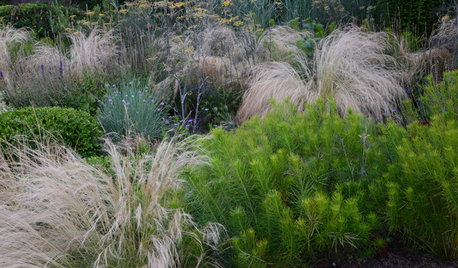
GARDENING GUIDES4 Ways to Break the Rules in Your Garden
For a more creative landscape design, take a different approach to planting
Full Story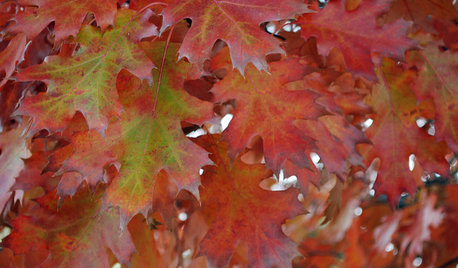
GARDENING GUIDES6 Healthy Ways to Handle Fallen Leaves
Once nature's beautiful bounty is spent, these ecofriendly strategies for leaves will put your yard in the clear
Full Story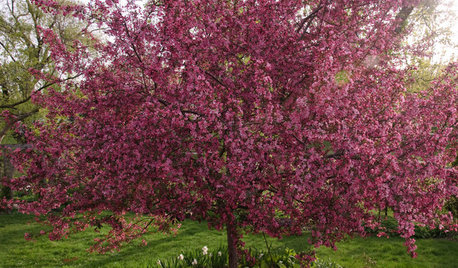
GARDENING GUIDESGreat Lakes Gardener's May Checklist
Let's talk about brilliant flowering trees. About blooms to light up a shade garden. And, of course, about everyday garden tasks
Full Story
GARDENING GUIDESTexas Gardener's May Checklist
Be especially water wise this month as you sow seeds, tend to your lawn and plant edibles, grasses and flowers
Full Story
GARDENING GUIDES11 Favorite Edibles for Your Cool-Season Garden
Plant crunchy carrots, crisp radishes, tender peas and other vegetables for fall and spring harvests
Full Story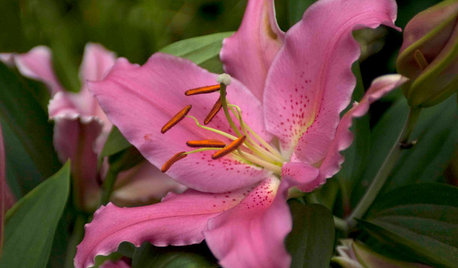
FLOWERSGreat Design Plant: Lilies
Try these delightfully exotic stunners for paintbox colors, deep fragrance and intricately detailed petals
Full Story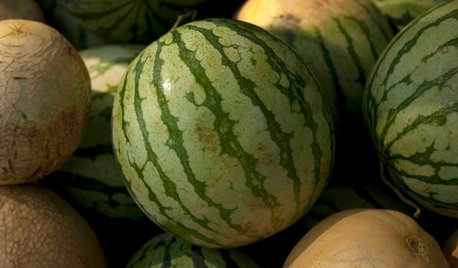
GARDENING GUIDESSummer Crops: How to Grow Melons
Drink in the refreshing sweetness of melons from your own garden this summer — they can last well into fall too
Full Story

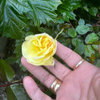
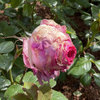
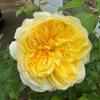
jim1961 / Central Pennsylvania / Zone 6
IanW Zone 5 Ont. Can.
Related Professionals
Salem Landscape Architects & Landscape Designers · Sand Springs Landscape Architects & Landscape Designers · Seabrook Landscape Architects & Landscape Designers · Taylorsville Landscape Architects & Landscape Designers · Forest City Landscape Architects & Landscape Designers · Hartford Landscape Contractors · Bloomington Landscape Contractors · El Sobrante Landscape Contractors · Oak Forest Landscape Contractors · Pompton Lakes Landscape Contractors · Tinton Falls Landscape Contractors · Whitehall Landscape Contractors · Irvington Landscape Contractors · Greenfield Landscape Contractors · Palos Heights Landscape Contractorshenryinct
roseseek
henryinct
nickl
maplerbirch
seil zone 6b MI
michaelg
wirosarian_z4b_WIOriginal Author
henry_kuska
henryinct
maplerbirch
PaulineMary
nickl
henry_kuska
jim1961 / Central Pennsylvania / Zone 6
PaulineMary
roseseek
roseblush1
PaulineMary
roseseek
henry_kuska
henry_kuska
PaulineMary
roseblush1
PaulineMary
PaulineMary
roseseek
PaulineMary
tride26
henry_kuska
PaulineMary
michaelg
roseseek
michaelg
henry_kuska
roseseek
Kippy
michaelg
roseseek
henry_kuska
michaelg
jim1961 / Central Pennsylvania / Zone 6